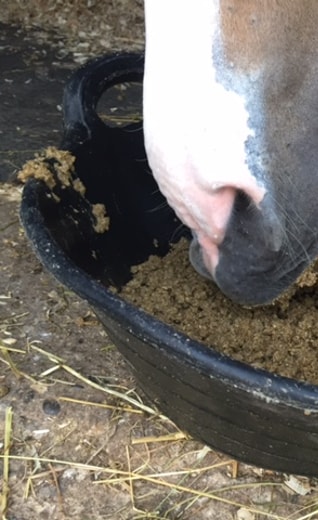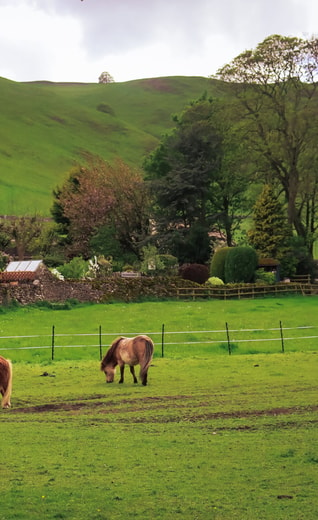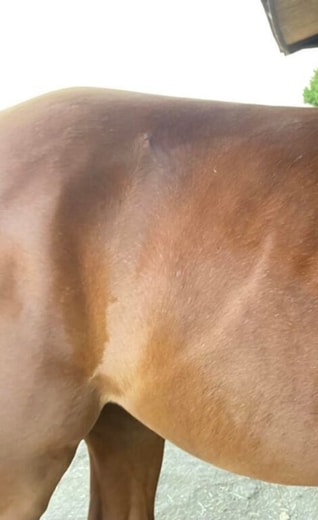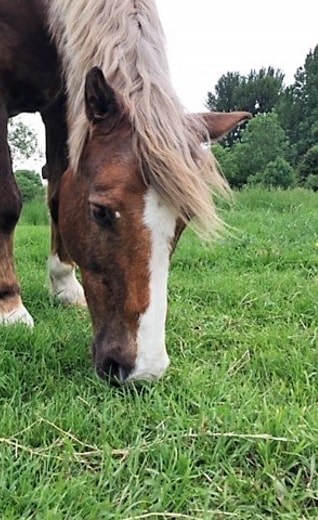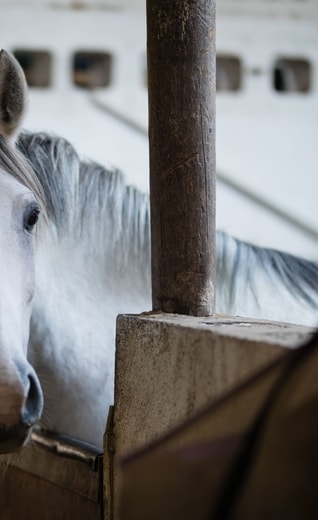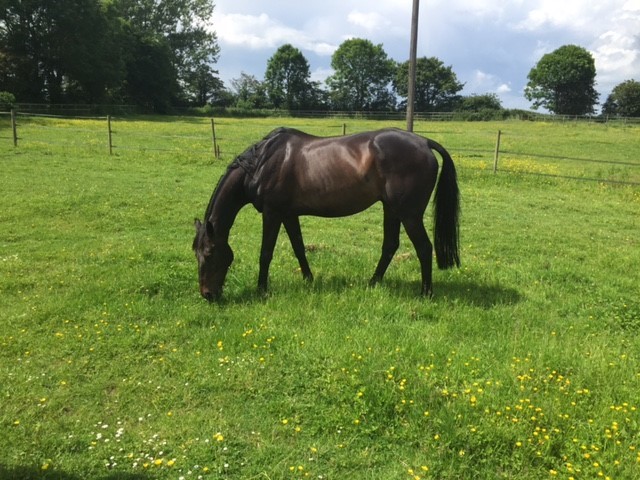
9 Spring grass facts every horse owner should know
Spring has finally sprung! While many have sworn by the benefits of ‘Dr Green’ for generations, it’s not without its pitfalls. Knowing the facts can help you decide on the most suitable management for your horse this spring.

1. Calorie overload
Ponies are renowned for being grass guzzling machines and have been seen to consume up to 5% of their bodyweight (dry matter) in grass per day when living out 24/7 - this equates to a whopping 12.5kg for a 250kg pony! This means a 250kg pony may consume approximately 4 times their daily energy (calorie) requirement from grass – this is enough to fuel a 500kg racehorse and equivalent to over half a bag of conditioning cubes every day! Although intake in horses is generally lower (up to 3% bodyweight dry matter), some may well give ponies a good run for their money!
2. Water soluble carbohydrate (WSC) risks
Spring grass may contain high levels of water soluble carbohydrate (WSC) which includes simple sugars and fructan. The majority of simple sugar in grass is sucrose – the same sugar you put in your tea and the main form of sugar in molasses. Fructan is the ‘storage form’ of sugar in the majority of UK grasses. High intakes of WSC may trigger laminitis, colic or in some cases tying up.
3. WSC levels are hard to predict!
The WSC or ‘sugar’ content in grass is highly variable, hard to predict, and may fluctuate by the hour! Many factors including the health of the soil, sunlight, rainfall, temperature, grass species, stage of growth and how well the pasture is managed affect the WSC content. All cool season grasses (those that grow in temperate climates), including ‘lower sugar’ varieties such as timothy and cocksfoot (also known as orchard grass) may contain more than 20% water soluble carbohydrate (WSC) or ‘sugar’ in the right conditions. In fact, environmental factors such as sunlight and temperature may have greater influence over the WSC content than the species of grass or stage or growth.
4. Daily sugar intake
Grass may contain up to 15% simple sugars (dry matter) which means a 250kg pony could consume almost 2kg of simple sugars per day from grass alone. However if you add fructan into the mix, total WSC intake could rise to almost 4.5kg!
5. WSC levels may still be high at night!
Provided the weather is warm enough, fructan stored in the stem is used for growth overnight. This, in addition to the fact that grass can’t photosynthesise without sunlight, means that WSC levels may be lower at night. However in order for grass to grow, the temperature needs to be consistently above 5°C which means on chilly nights, WSC levels may still be high.
6. Beware of Jack Frost
Sunny frosty mornings are common at this time of year and present a hidden danger for laminitics. When it’s too cold for the grass to grow overnight, WSC levels remain high. When the sun comes out this is coupled with photosynthesis and further sugar production, resulting in high levels of WSC.
7. Turnout for short periods may be counterproductive
Although turning out for short periods may seem like a logical way of restricting grass intake, our four-legged friends can soon become wise to such a regime. In one study, ponies were seen to consume almost 1% of their bodyweight (dry matter) in only 3 hours at grass, despite being fed free access to hay for the rest of the day. For a horse/ pony on a weight loss diet, this may equate to two-thirds of their total daily forage allowance!
8. Do grazing muzzles really work?
Grazing muzzles have been shown to reduce intake by approximately 80% in ponies turned out for 3 hours, and reduce the rate of weight gain in some ponies when worn for 10 out of 23 hours at pasture. Muzzles should not be left on 24/7, but some horses and ponies may still gain weight when only wearing a muzzle for part of their time at pasture. Consider stabling or ‘non-grass’ turn out for the remainder of the day rather than allowing free access to grazing after removing your horse/ pony’s muzzle. Grazing muzzles may also lead to frustration so monitor your horse’s behaviour, weight and body condition score closely. Prolonged use of a muzzle may also cause the horse’s teeth to wear unevenly so ensure they are checked regularly by a vet or equine dental technician. For more advice on how to use a grazing muzzle safely contact the Care-Line.
9. Laminitics may need to be removed from grazing
Those at very high risk of laminitis may need to be removed from grazing completely. In these situations, provide grass free turnout if possible and ideally feed a low WSC hay or hay replacer low in sugar and starch.
For specific advice on managing your horse’s grass intake contact the SPILLERS Care-Line on 01908 226626.

